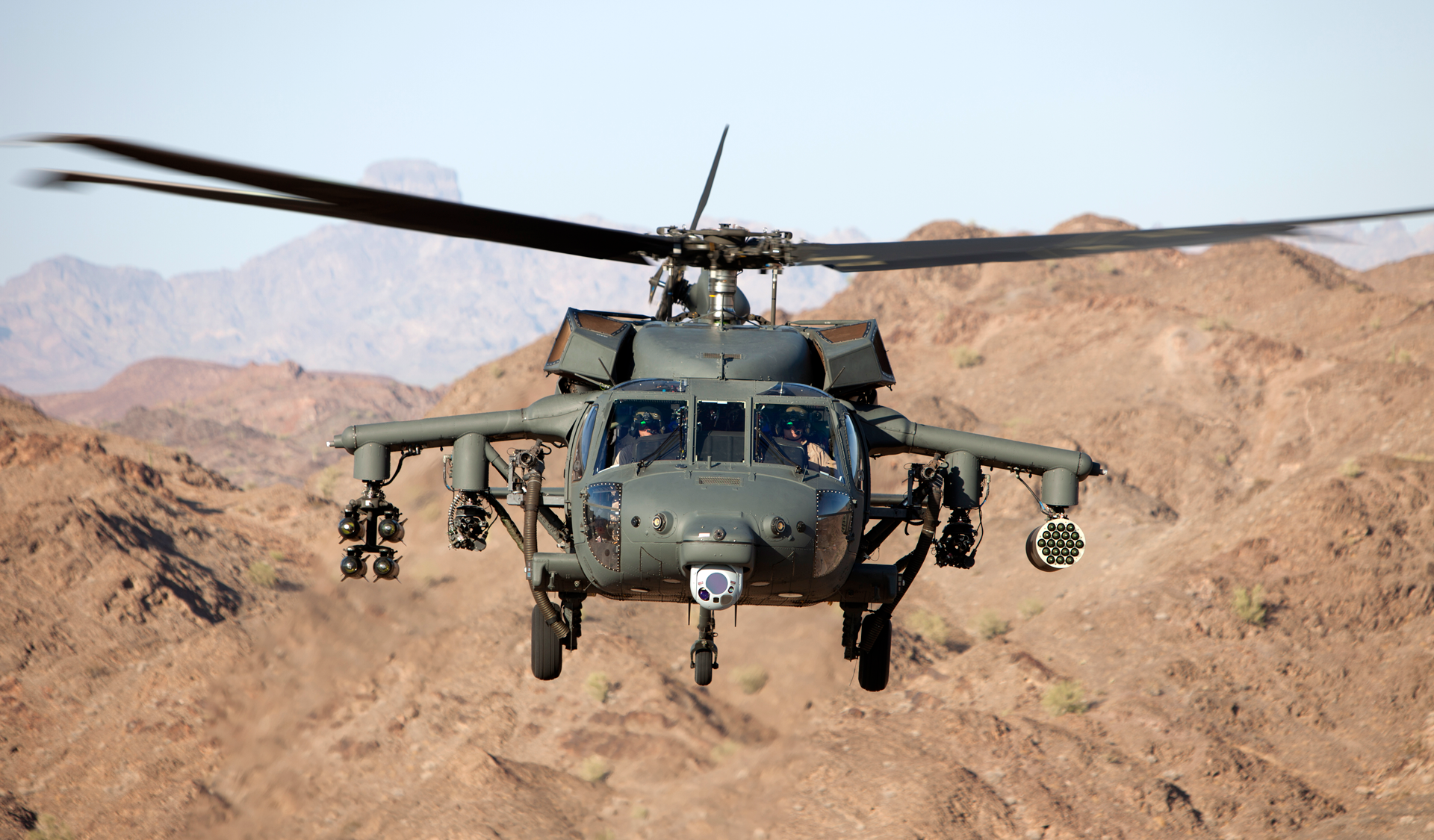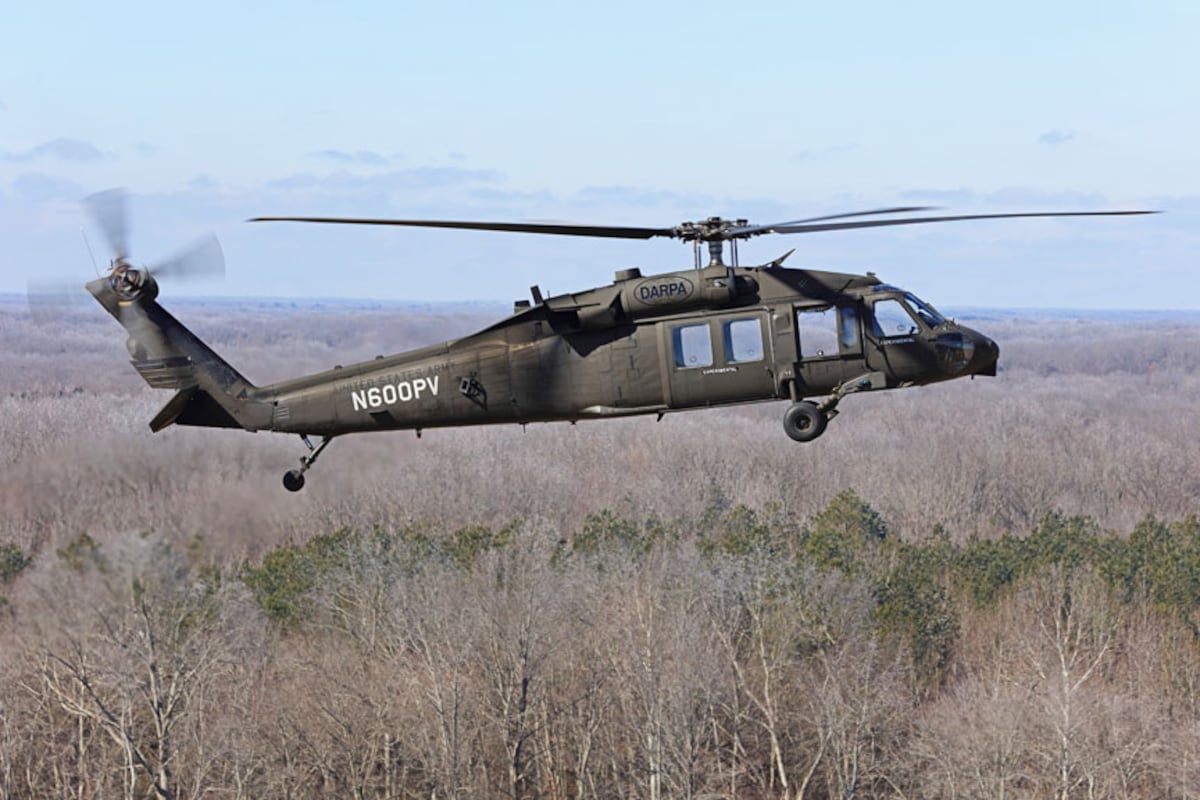Discover the Different Versions and Variants of the Blackhawk Helicopter for Diverse Requirements
Discover the Different Versions and Variants of the Blackhawk Helicopter for Diverse Requirements
Blog Article
Revealing the Power and Versatility of the Blackhawk Helicopter
The Blackhawk helicopter stands as a testament to design excellence and army technology, considerably shaping the landscape of modern-day aerial procedures. As we discover its history and functional capacities, one should consider just how the Blackhawk proceeds to influence modern battle techniques and humanitarian efforts alike.
Background of the Blackhawk
The history of the Blackhawk helicopter is marked by substantial technical advancements and a strategic evolution in armed forces aeronautics. Established in the late 1960s by Sikorsky Airplane, the UH-60 Blackhawk was initially conceived to replace the older UH-1 Iroquois, typically referred to as the "Huey." The Blackhawk's initial flight occurred in 1974, and it was officially presented to the U.S. Military in 1979.


This airplane was made to fulfill the requiring requirements of modern warfare, concentrating on rate, longevity, and flexibility (Blackhawk Helicopter). Its ability to run in different atmospheres, combined with sophisticated avionics and style attributes, swiftly established the Blackhawk as an essential property for military procedures worldwide
Throughout the 1980s and 1990s, the Blackhawk saw substantial usage in numerous disputes, including the Gulf Battle and altruistic missions. Today, the Blackhawk stays a renowned symbol of army aeronautics, continuously refined to fulfill modern obstacles.
Key Attributes and Specifications
Blackhawk helicopters are renowned for their engineering excellence and operational convenience, flaunting a range of crucial attributes and specs that improve their performance in different military roles. One of one of the most substantial characteristics is their dual-engine arrangement, usually powered by the T700-GE-701C engines, which offer outstanding dependability and efficiency. The helicopter has an optimum cruise ship rate of around 150 knots and a service ceiling of approximately 20,000 feet, allowing it to operate successfully in varied environments.
The Blackhawk's airframe is created from innovative composite products and aluminum alloys, making sure a robust framework while lessening weight. It includes a completely expressed blades system that offers superior dexterity and security. The helicopter can accommodate up to 11 fight soldiers or lug as much as 8,000 pounds of external freight, making it very versatile for different goals.
Additionally, the Blackhawk is furnished with advanced avionics and interaction systems, enhancing situational understanding and objective sychronisation. Its capacity to operate in adverse climate condition, combined with its low acoustic trademark, makes it a sneaky alternative for tactical procedures. Generally, these functions contribute to the Blackhawk's credibility as a keystone of modern armed forces aeronautics.
Versatile Operational Duties
Distinguished for their design quality and progressed capabilities, Blackhawk helicopters offer a plethora of functional duties within army frameworks. Originally made for army transport, their versatility has increased, allowing them to carry out numerous objectives successfully.
One of the key functions of the Blackhawk is as an utility helicopter, assisting in logistical support by transferring personnel and products to and from remote places. Additionally, they succeed in clinical evacuation (MEDEVAC) operations, equipped with innovative medical equipment and workers to supply important care in the field.
In battle circumstances, Blackhawks can operate as armed companion systems, supporting ground pressures by engaging adversary properties while ensuring army safety and security. Their capability for unique procedures makes them important; they can perform reconnaissance objectives, employees recuperation, and direct activity raids, usually in high-threat environments.
Moreover, the Blackhawk's versatility enables it to sustain humanitarian objectives and calamity feedback initiatives, supplying help and necessary solutions in times of crisis. This broad range of functional roles shows the Blackhawk helicopter's unmatched flexibility, reaffirming its status as an important asset in modern-day military operations worldwide.
Technical Technologies
Various technological innovations add to the Blackhawk helicopter's exceptional efficiency and flexibility in varied operational settings. Among one of the most significant developments is its composite rotor blades, which boost lift and maneuverability while decreasing weight and upkeep demands. The rotor system employs sophisticated products that boost toughness and resist ecological destruction, making certain dependable operation in extreme conditions.
Additionally, the Blackhawk is geared up with a state-of-the-art avionics collection that integrates advanced navigation and interaction systems - Blackhawk Helicopter. This consists of GPS, radar, and multi-function displays that facilitate real-time situational understanding for pilots, contributing to goal success under difficult situations
Moreover, the helicopter's fly-by-wire control system allows for precise handling and enhanced responsiveness, supplying pilots with enhanced control throughout complicated maneuvers. The consolidation of sophisticated engine modern technology, such as the T700-GE-701C engine, additional enhances efficiency, using increased power output and fuel performance.
Last but not least, modular design principles Clicking Here make it possible for quick reconfiguration for different missions, from army transportation to clinical emptying, making the Blackhawk a versatile asset in humanitarian and armed forces procedures. These technical innovations collectively make certain that the Blackhawk remains a formidable existence overhead.
Influence on Modern War

Outfitted with sophisticated avionics and communication basics systems, the Blackhawk makes it possible for seamless coordination among ground and air units, making sure timely and precise response to vibrant combat situations. Its convenience enables rapid release in diverse settings, from urban settings to rugged surfaces, showing the complex nature of contemporary warfare.
Additionally, the Blackhawk's exceptional speed and agility facilitate fast insertion and extraction of employees, minimizing exposure to opponent fire. Its ability to run in aggressive problems, coupled with sophisticated protective steps, improves survivability and goal success prices.
As modern problems significantly depend on joint procedures and quick feedback, the Blackhawk helicopter remains at the leading edge of army approach, embodying the advancement of air flexibility and the important role of air power in attaining tactical goals. Its effect on contemporary warfare continues to redefine the capacities of armed forces internationally.

Final Thought
To conclude, the Blackhawk helicopter exhibits the junction of innovative design and functional adaptability, strengthening its condition as a keystone of contemporary armed forces air travel. Its historic significance, impressive features, and versatility across different goal accounts highlight its critical role in modern war. As technological developments remain to improve its capabilities, the Blackhawk continues to be a vital click here for more property for militaries around the world, demonstrating unequaled efficiency in both battle and humanitarian operations.
The Blackhawk helicopter stands as a testament to engineering quality and army advancement, significantly forming the landscape of modern-day airborne procedures.The history of the Blackhawk helicopter is noted by substantial technical innovations and a calculated advancement in military aeronautics.Blackhawk helicopters are renowned for their engineering excellence and functional flexibility, flaunting a range of key functions and specs that enhance their efficiency in different army functions.Various technological innovations contribute to the Blackhawk helicopter's exceptional performance and versatility in diverse functional atmospheres.In final thought, the Blackhawk helicopter exhibits the intersection of sophisticated engineering and operational adaptability, strengthening its standing as a keystone of contemporary military air travel.
Report this page